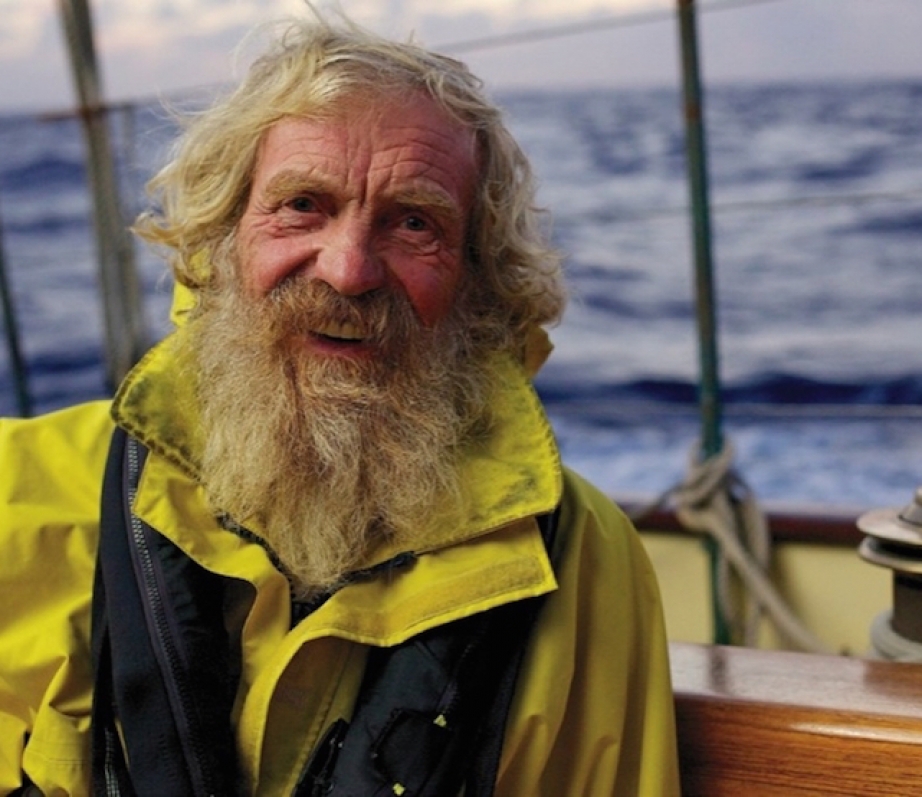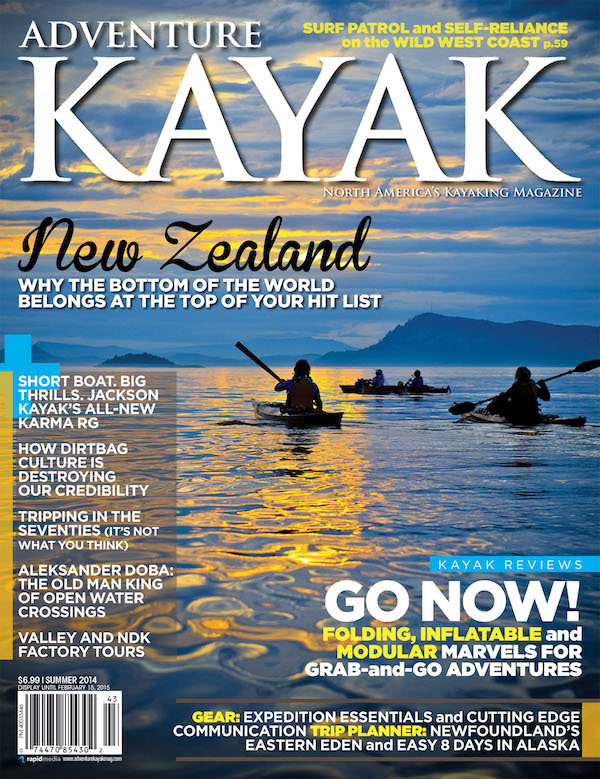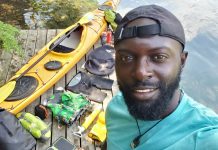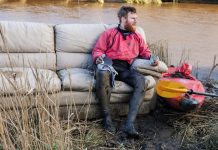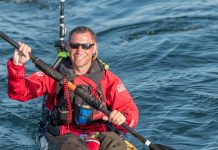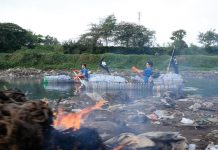Aleksander “Olek” Doba is enjoying a rather unusual retirement. The former mechanical engineer from Police, Poland, paddled from Africa to Brazil in 2011 and completed his second trans-Atlantic kayak crossing—7,716 miles from Portugal to Florida—earlier this year in his custom-built kayak, Olo. Even after 167 grueling days at sea, however, the cheerful Doba says he feels much younger than his 67 years. Since retiring, he says, “my big problem is not filling my free time, it’s choosing my next challenge.
Who paddles alone across the Atlantic?
Before my expeditions, I test-paddled with different kayakers. I set high standards. Unfortunately, I would usually end up being a babysitter and I wouldn’t have a partner. Partners support each other and that I didn’t find. I’m not a loner, but I had a choice: either go alone or not at all.
What do you say to people who claim Olo is not a “real” sea kayak?
I went to the shipyard in Szcezecin, Poland, with a sketch illustrating the special kayak I imagined would be suitable for crossing the Atlantic. We designed and built Olo to cross the ocean between continents, which no one had done before. Only three other kayakers in history have crossed the Atlantic, and they hopped from island to island. What is a ‘real’ sea kayak? The definition I know is a boat powered by a person in sitting position, facing the direction of movement, using a double-bladed paddle held freely in the hands. Olo meets all of these criteria.
When did you discover kayaking?
I caught the kayak touring bug on my first trip on the Drava River in 1980. When Poland lifted a ban on kayaking in the open sea, I became one of the country’s sea kayaking pioneers. I have more than 60,000 miles under my belt: 80 days around the Baltic Sea in 1999; 3,380 miles to the Arctic Circle from Poland in 2000; circumnavigating Lake Baikal in 2009. I do not paddle back and forth in a small body of water to collect miles. I am looking for new rivers, lakes and seas, so understandably that has meant going further and harder.
Where did you encounter your greatest challenges on the Atlantic?
On the first expedition, I faced more than 50 tropical storms, but otherwise it was pretty quiet. The second crossing was more than twice as long and much more difficult. I lost communication for 47 days. I was plagued by strong winds that trapped me for 40 nights in the Bermuda Triangle. A storm broke the kayak’s rudder and forced me to change course for Bermuda to make repairs. The saltwater, heat and humidity made my skin itchy and irritated my eyes. I wore as little clothing as possible to have less washing and drying, but I constantly felt that things were wet and unpleasant to the touch.
Why is retirement the perfect time for bold expeditions?
I worked nearly my entire professional life at the Police Chemical Plant. Due to the long period of work in harmful conditions, I could retire at the age of 60. I didn’t plan what I would do for my retirement. I never imagined I would be in the condition and good health to be able to implement such ambitious trips. Is there an optimal age for trans-Atlantic expeditions? I started paddling when I was 34. Could I have left for this expedition then, when I felt that I had enough experience? No, the father of young children going on risky expeditions – that is irresponsible and unfair. It’s still difficult for my wife and loved ones, but for me, now is the best time for such escapades.
Doba’s answers translated from Polish by Piotr Chmielinski.
This article first appeared in the Summer 2014 issue of Adventure Kayak Magazine. Subscribe to Paddling Magazine and get 25 years of digital magazine archives including our legacy titles: Rapid, Adventure Kayak and Canoeroots.



